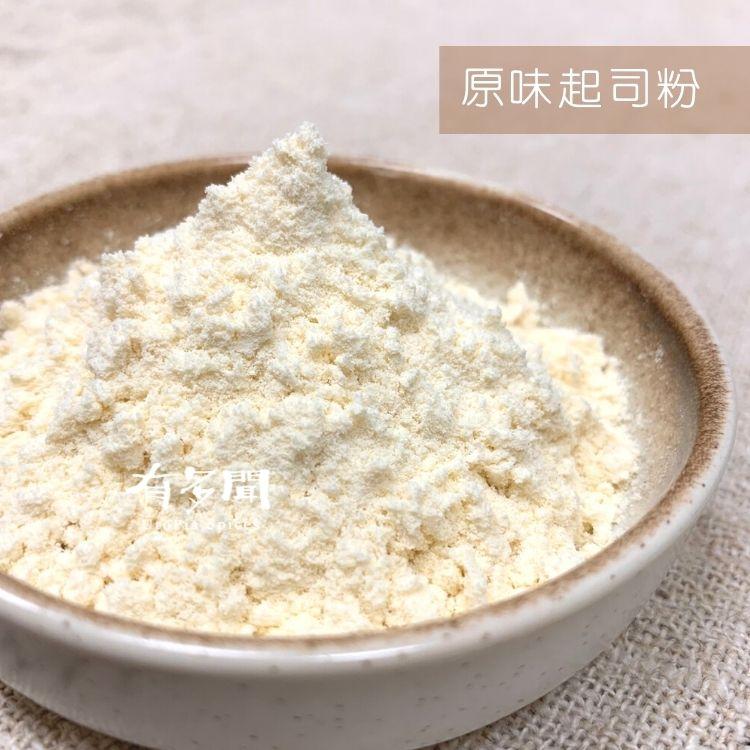
Feature:
Type: Matcha is a kind of green tea powder obtained through a special process.
Production process: Tea trees are shaded several weeks before harvesting to increase the amino acid content and improve the quality of the tea. It is then steamed, dried and ground into powder.
Appearance: Emerald green fine powder.
Taste and smell:
Taste: Smooth, fine, with unique richness.
Taste: A balance of sweet and slightly bitter, with a slight astringency.
Fresh herbal scent with a hint of sweetness and vegetables.
Origin:
Shizuoka Prefecture, Japan, an area famous for its high-quality tea.
Cooking dishes:
Tea drinks: can be used to make matcha latte, matcha smoothie, etc.
Desserts: Commonly used in various Japanese and Western desserts, such as matcha cake, matcha ice cream, matcha pudding, etc.
Baking: Can be used for baking bread, biscuits, and cup cakes.
Stir-fries or soups: Can also be used as an innovative seasoning to add to stir-fries or soups.
**Shizuoka matcha powder is not only popular in Japan, but is also gaining attention around the world. Shizuoka Matcha occupies a place among Matcha teas due to its excellent quality and unique flavor.









